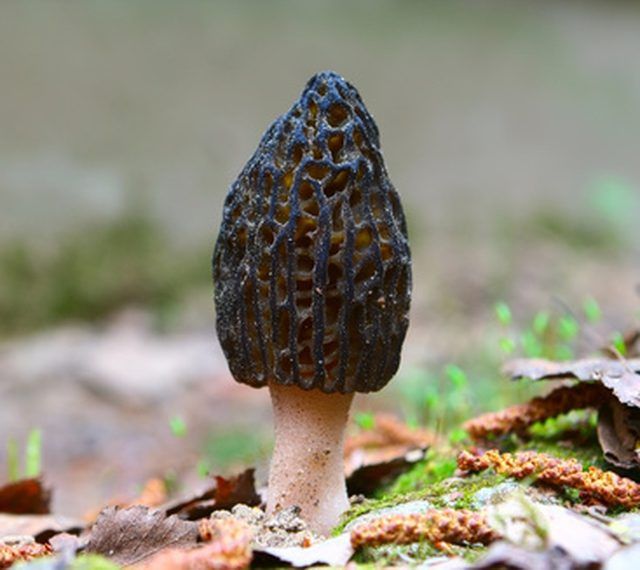Bulbs
Flower Basics
Flower Beds & Specialty Gardens
Flower Garden
Garden Furniture
Garden Gnomes
Garden Seeds
Garden Sheds
Garden Statues
Garden Tools & Supplies
Gardening Basics
Green & Organic
Groundcovers & Vines
Growing Annuals
Growing Basil
Growing Beans
Growing Berries
Growing Blueberries
Growing Cactus
Growing Corn
Growing Cotton
Growing Edibles
Growing Flowers
Growing Garlic
Growing Grapes
Growing Grass
Growing Herbs
Growing Jasmine
Growing Mint
Growing Mushrooms
Orchids
Growing Peanuts
Growing Perennials
Growing Plants
Growing Rosemary
Growing Roses
Growing Strawberries
Growing Sunflowers
Growing Thyme
Growing Tomatoes
Growing Tulips
Growing Vegetables
Herb Basics
Herb Garden
Indoor Growing
Landscaping Basics
Landscaping Patios
Landscaping Plants
Landscaping Shrubs
Landscaping Trees
Landscaping Walks & Pathways
Lawn Basics
Lawn Maintenance
Lawn Mowers
Lawn Ornaments
Lawn Planting
Lawn Tools
Outdoor Growing
Overall Landscape Planning
Pests, Weeds & Problems
Plant Basics
Rock Garden
Rose Garden
Shrubs
Soil
Specialty Gardens
Trees
Vegetable Garden
Yard Maintenance
A Quick Guide to Some Common Edible Wild Plants in Minnesota
A Quick Guide to Some Common Edible Wild Plants in Minnesota. Outdoor explorers in "The Land of 10,0000 Lakes" are in little danger of thirst. Although Minnesota's wild edible plant species are not as numerous as its lakes, the state's high precipitation and rich soil still provide many forms of wilderness rations.

Outdoor explorers in "The Land of 10,0000 Lakes" are in little danger of thirst. Although Minnesota's wild edible plant species are not as numerous as its lakes, the state's high precipitation and rich soil still provide many forms of wilderness rations.
Edible Plants by Season
Ostrich fiddlehead ferns and morels--the state mushroom--provide good outdoor eating in the Minnesota spring. June and July bring currants, raspberries, blueberries and Juneberries. Late summer is the season for wild plums, elderberries and wild cherries, most enjoyable as preserves, sauces or wine.
Likely Locations
Look for ostrich fiddleheads in shady spots with moist sandy soils--swamps and wet bottomlands are likely locations. Morels love southeastern Minnesota's fields and forests. Blueberries thrive in sandy, open woods and raspberries in thickets--along with currants--and along roadsides with elderberries, chokecherries and wild plums. Search moist woodland edges and ravines for Juneberry bushes.
Warning
Know which parts of Minnesota's edible wild plants are edible. Elderberry bushes, for example, produce edible--when ripe--berries. Their unripe fruit, twigs, roots and leaves, however, are toxic. Ingesting them can cause vomiting, diarrhea and other unpleasant effects, according to the Lady Bird Johnson Wildflower Center.